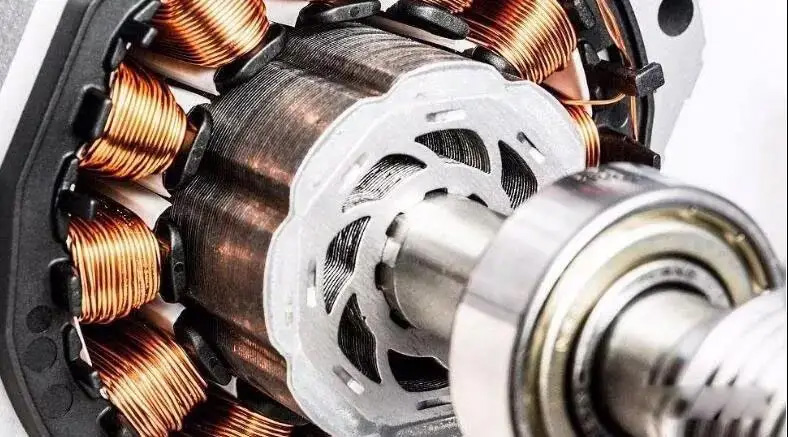Why Some Motors Use Insulated Bearings?
The electrical insulating bearing adopts a special spraying process, and the outer surface of the bearing is sprayed with a high-quality coating. The coating has strong bonding force with the substrate and good insulation performance. The damage caused by the body and raceway is improved, and the service life of the bearing is improved.
With the advancement and development of technology, the high-quality coating process of spray coating on the outer surface of the bearing has been continuously improved. In the insulated bearing, there is a layer of 100μm thick coating on the surface of the outer ring or inner ring, which can withstand voltages up to 1000VDC. A special spraying process creates a coating of uniform thickness and extremely strong adhesion, which is further treated to make it impervious to moisture and humidity.

Flashovers caused by induced currents on the spindle and bearings can lead to defects such as corrosion of the bearing surfaces, shrinkage cavities on the metal surfaces, and grooves in the bearing rolling tracks. One of the most important features of insulated bearings is that there is a very thin (um level) coating on the surface, which is responsible for electrical insulation and can resist electrical flashovers generated at voltages over 500V. Thicker coatings can resist 1000V. High voltage discharge.
First of all, for safety, at high frequency, the rotor induced current will be very large, preventing the motor shaft current. If the electrical insulating bearing is not used, the current will flow through the bearing to form a circulating current, and the bearing will be easily damaged by heat or electric water splash. Then when the motor is running, the potential difference between the two ends of the rotating shaft or between the shaft and the bearing is called the shaft voltage. If the two ends of the shaft form a loop through the motor base, etc., the shaft voltage forms the shaft current. Shaft current is generated by the shaft voltage through the motor shaft, bearing, stator frame or auxiliary device to form a closed loop. Under normal circumstances, the shaft voltage of the motor is low, and the lubricating oil film in the bearing can play an insulating role and will not generate shaft current. However, when the shaft voltage is high, or the oil film is not formed stably at the moment of starting the motor, the shaft voltage will cause the discharge breakdown of the lubricating oil film to form a circuit to generate shaft current. The high temperature generated by the partial discharge energy release of the shaft current can melt many tiny areas on the inner ring, outer ring or ball of the bearing, and form grooves, resulting in noise and vibration. great influence. The benefits of using insulated bearings for motors
The most significant feature of the electrical corrosion of the bearing by the high-frequency shaft current in the variable frequency speed regulating motor is the dense groove stripes produced on the inner and outer rings and balls of the motor bearing. Therefore, the motor must be electrically insulated at one end.












